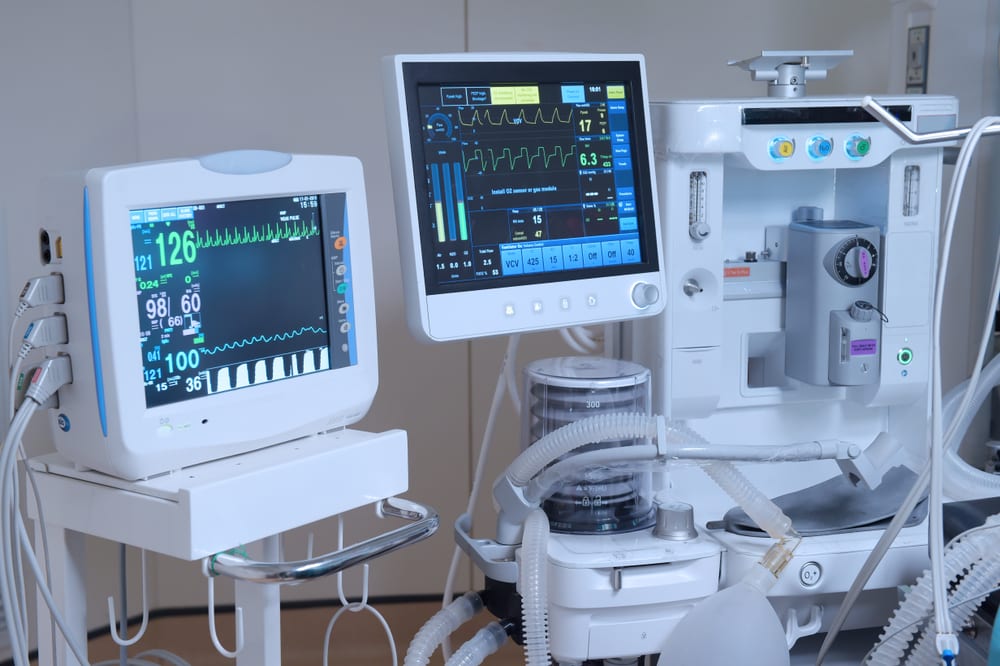The medical device industry finds itself in unprecedented times as the world continues to be shaken by the impact of COVID-19. Medical device companies are at the forefront of the crisis and are working around the clock to ensure critical equipment uptime and reliability. The field service group in medical device companies is normally a cautious and proactive organization ruled by three-year plans. Faced with the onslaught of emergency work and worker shortages, many service leaders are in a constant reactionary mode putting out fires.
This article explores how medical device service leaders can successfully execute on today’s challenges and get ready for the opportunities post-crisis. If you’d like to learn more, check out our latest ServiceMax Live episode and watch our Survive, Sustain, Succeed: How Service Can Keep the world Running webinar on-demand.
Executing on Today’s Priorities
Succeeding today means being able to tackle customer emergency work while keeping the organization’s workers safe. This is made more difficult by worker shortages, changing safety protocols, and travel restrictions. With all of this happening at once, service leaders are finding themselves in dire straits. Leaders are looking for more visibility into daily operations; better communications with their teams; and more control of financials and supply chain. Here are key strategies to consider to keep the world running today, from my own perspective, and supported by a collection of thoughts from trade bodies, consultancies, and institutions:
- Protect your workforce and improve communication. Your engineers and technicians face uncertain times each day that they drive to the customer location. They need immediate and accurate information to help them stay confident and safe. Make sure you are delivering consistent information from a single source of truth on a regular basis. We at ServiceMax want to help you excel here by offering our Zinc real-time communication app for free for three months. You can find the offer details here.
- “Hug the customer”. Leverage the whole workforce to get close to your customers. Make plans to check in with every customer and create a war room to deal with any emerging problems. This is the time when lifetime relationships and customer loyalty is won! Make sure you are still relevant to your customers when you come out on the other side of this crisis.
- Cash is king. Cash is the lifeblood of the company…everything else is just numbers on a spreadsheet. Assess how you can free cash, introduce stricter checks and balances to focus on what’s important, and model using all available data with the finance team. This enables you to stress test the financial position against all the best advice from epidemiological, Government, and Banking sources of truth.
- Validate and maintain supply chain. Keep your suppliers close during this time. To do that, check-in with all your suppliers regularly, establish multi-way communication on the partnership and try to work as a tighter ecosystem. Prioritize sharing data to bring more certainty to the partnership.
- Keep accurate records for maintenance and compliance. Many customers will want to defer routine maintenance like PM plans. Collect the details, you will need this for capacity planning and backlog analysis as well as modeling to work out the potential future risks. In addition, there will be a time when regulators will want access to details about deferred PM work.
- Ensure workforce backup. With a heavy focus on reactive work, it is fully expected that PM work will be pushed out. Ensure you have a plan for when that backlog needs to be picked up again in several months. Many service leaders are evaluating bringing their retiring technicians back into the workforce or contracting third-party technicians to provide support.
- Focus on the right KPIs. Given the changing priorities in your organization, areas like SLAs, drive time, overtime, and PM work completion may fall by the wayside. Consider KPIs and data to get a pulse of the organization and a handle on the in day (in-shift) service operations.
Setting Up for Tomorrow’s Success
We are all hopeful that at some point, sooner rather than later, the virus-related lockdowns will end. There are encouraging signs from around the world. As of the time writing this blog, China has ended its lockdown. Austria and Denmark also announced the easing of coronavirus restrictions. How is field service going to change in the post-coronavirus reality and how can service leaders prepare? There will be serious implications on operations, technology investments, and labor models. Look out for Part II of this series where we will address these challenges.
If you’d like to dive deeper into this topic, watch our webinar Survive, Sustain, Succeed: How Service Can Keep the World Running on demand. Put on by WBR Insights, this webinar with cover how better asset data and service delivery strategies can help you execute on priorities of today and set you up for success tomorrow. ServiceMax GCT team members Sumair Dutta and Shawn LaRocco lead the discussion alongside Chris Westlake from Medtronic.
And don’t miss our latest ServiceMax Live episode on LinkedIn: How the Med Device Industry Is Pivoting to Address COVID-19.


Share this: